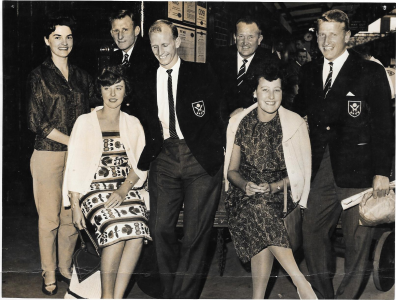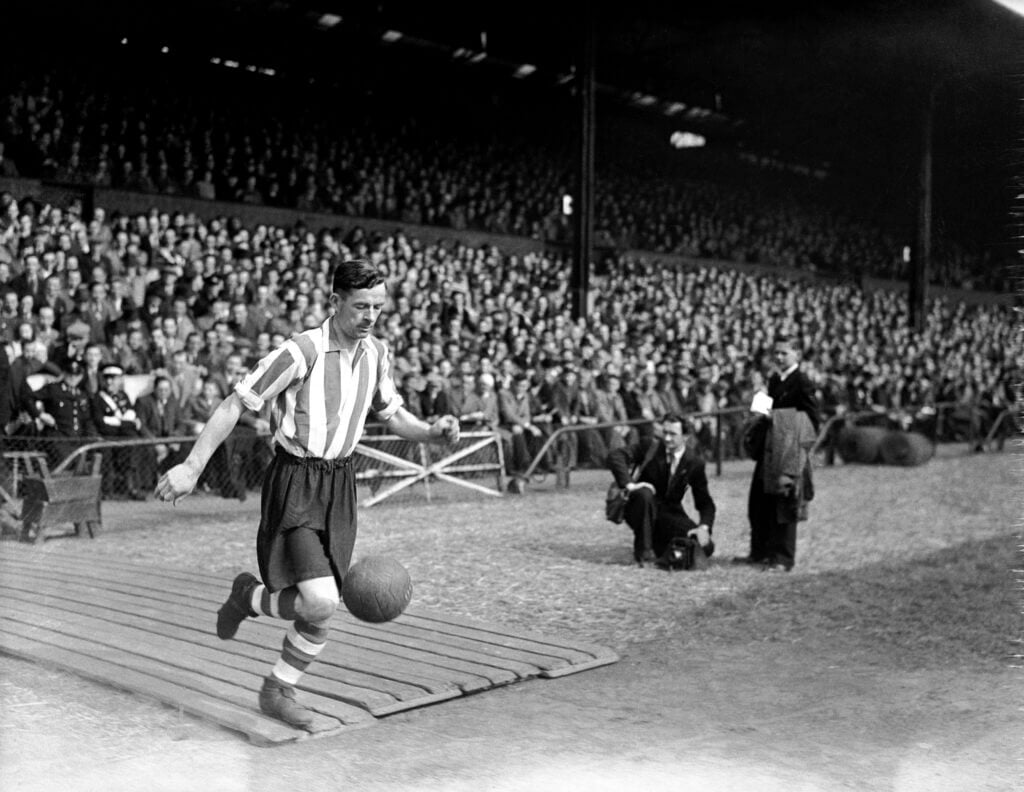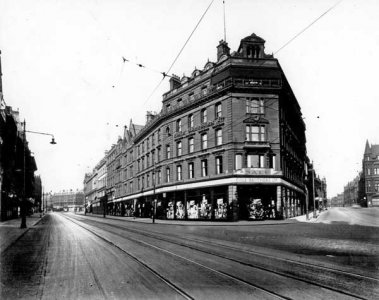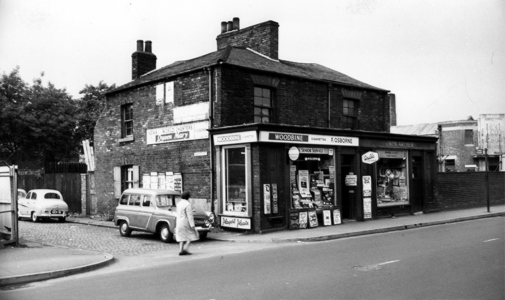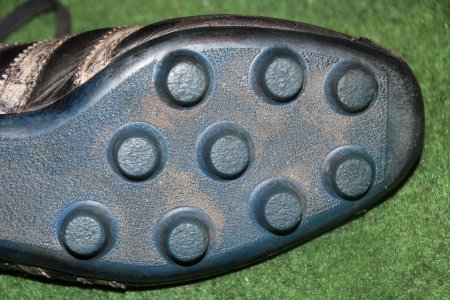SotonBlade
Well-Known Member
- Admin
- #1
Hi all,
I was asked a question this week and I was embarrassed not to know the answer. Do we know why when we came to design our current club crest why it was decided to use scimitar swords??
I was asked a question this week and I was embarrassed not to know the answer. Do we know why when we came to design our current club crest why it was decided to use scimitar swords??


